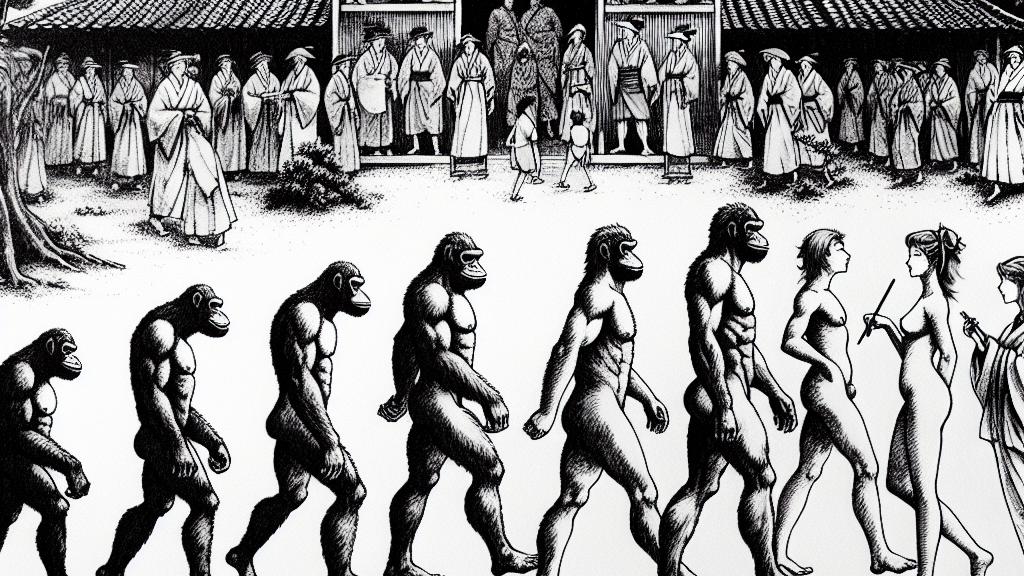Why Are Women Generally Smaller and Weaker? A Dive into Biological Sex Differences!
Overview
- Delve into the biological, evolutionary, and societal reasons for the size and strength disparities between men and women.
- Understand the concept of sexual dimorphism, its evolutionary significance, and implications for behavior and societal roles.
- Explore how historical narratives and cultural contexts have perpetuated and shaped gender stereotypes beyond biology.

Biological Foundations of Size Differences
The inquiry into why women generally possess smaller statures and less muscle mass than men reveals intricate biological and evolutionary factors, especially within the context of Japan. Sexual dimorphism, a phenomenon observed across nearly all mammalian species, highlights the tendency for males to exhibit larger sizes and greater physical strength. This disparity can be traced back to evolutionary pressures where males needed physical advantages for competing for mates. Those males displaying traits associated with size and strength had better reproductive success, leading to the preferential selection of these traits over generations. Consequently, the evolutionary fitness of males has favored characteristics that enhanced their capabilities in maintaining control over mating opportunities. However, understanding these biological principles also necessitates exploring their effects on societal structures and gender roles, where such distinctions have historically informed the expectations and norms associated with masculinity and femininity.
Cultural and Historical Influences
Beyond biological explanations, the historical and cultural dimensions of gender roles have also played a pivotal role in shaping societal perceptions of size and strength. The National Museum of Japanese History recently showcased an exhibition that explores gender differences within a historical and cultural context, fostering discussions about how these roles have evolved. In ancient Japan, societal norms allowed for considerable gender fluidity where both men and women could participate in governance. Yet, as civilizations advanced, legal frameworks established distinct gender roles, often tied to misconstrued biological tenets that diminished the visibility and value of women's contributions. This cultural shift towards defining roles based on perceived physical attributes has cemented lasting stereotypes that continue to influence both personal relationships and societal expectations today.
Modern Perspectives on Gender and Biology
The contemporary discourse surrounding gender emphasizes that biological differences, while significant, do not solely define capabilities or societal roles. Current gender studies highlight the importance of examining how social constructs and cultural narratives have historically shaped perceptions of gender. There is a growing recognition that women's strengths and competencies are often undervalued or unrecognized due to entrenched stereotypes linked to physicality. This shift in understanding advocates for gender equity, urging society to evaluate individuals based on their unique talents and contributions rather than any anatomical or physiological characteristics. As norms evolve, more inclusive frameworks are emerging that challenge traditional power dynamics, allowing for a broader exploration of human potential, irrespective of size or physical strength. This forward-thinking perspective not only empowers individuals but also fosters a more equitable society where everyone has the opportunity to thrive.

Loading...